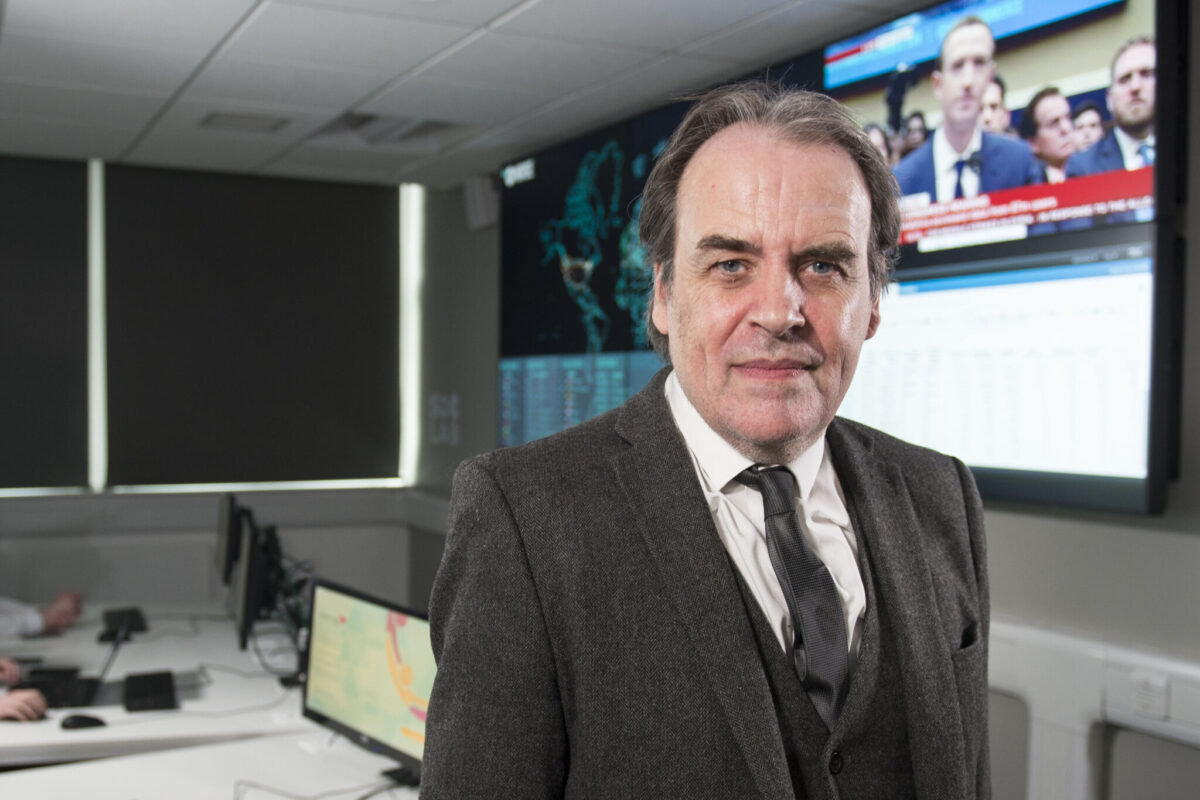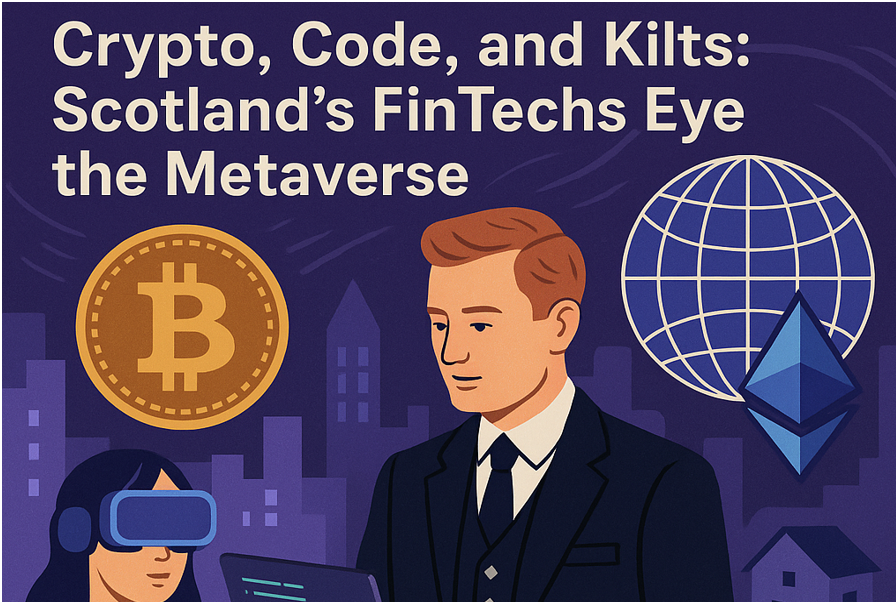Unlocking Trust: Digital Wallets for Identity Verification and Asset Transfer

As part of Scotland FinTech Festival, the “Crypto FinTech Seminar” will outline some key areas of knowledge and innovation related to the usage of cryptography, blockchain, zero trust and quantum computers. We took some time to chat to Professor Bill Buchanan, who will be co-presenting the seminar along with Dr Mwarwan Abubakar, about the current trends and evolution of the digital assets space.
The fact that we still use our scribbled signatures and hard-copy contracts as a core method of proving our identity within high-value and high-risk transactions still amazes Bill Buchanan, Professor of Applied Cryptography at Edinburgh Napier University. Especially as these acts are often performed through the use of mainly untrusted communication systems such as electronic mail. “We still live very much with a paper-based approach to the ownership and the transfer of assets, and often see them poorly managed,” explains Buchanan. “Digital wallets can help solve this.”
Going forward, it is likely there will be a rise in the use of digital wallets, which can be used to transfer assets and – importantly – define ownership. A private key in a digital wallet can not only prove our identities, but also link to our ownership of assets, store our important digitally signed identity documents (such as our driving licence), and provide a way for us to digitally sign things. Improved methods of providing our identity will also likely include biometrics, hard tokens or our location information. At the core of this is public key encryption, which digitally transfers assets without the need for any network connection, and is a central component to moving into a more trusted digital world.
Nonetheless, a cautious equilibrium needs to be maintained between the rights of privacy and the requirements of compliance, such as with money laundering checks and fraud detection. While there are methods used in cryptocurrency that support a full anonymisation of asset transfers, it is unlikely that these would be allowed within a regulatory framework. “There are ways, though, to strike a balance between these things and instil strong levels of trust in transactions by using trusted financial organisations,” proffered Buchanan. “It is thus likely that we will see the rise of proxy entities (agents legally authorised to act on behalf of another party), who will shield the identities of those who are transferring assets, yet the transactions can still be fully checked.”
Going forward, regulation will be fundamental for providing trust, and licences will be needed to perform fully-auditable transactions. Overall, the key aim of the infrastructure behind digital assets must be for citizens to have a stronger integration with public services to move to a properly integrated digital world. “Unfortunately, without a strong identity infrastructure, we will struggle to scale our world into a more trusted one,” concluded Buchanan. “The EU, for example, now wants to roll out an e-ID digital identity for every European citizen, which will allow for closer economic and societal links across EU countries. This will support the freedom of movement across Europe and provide closer economic integration across borders.”



